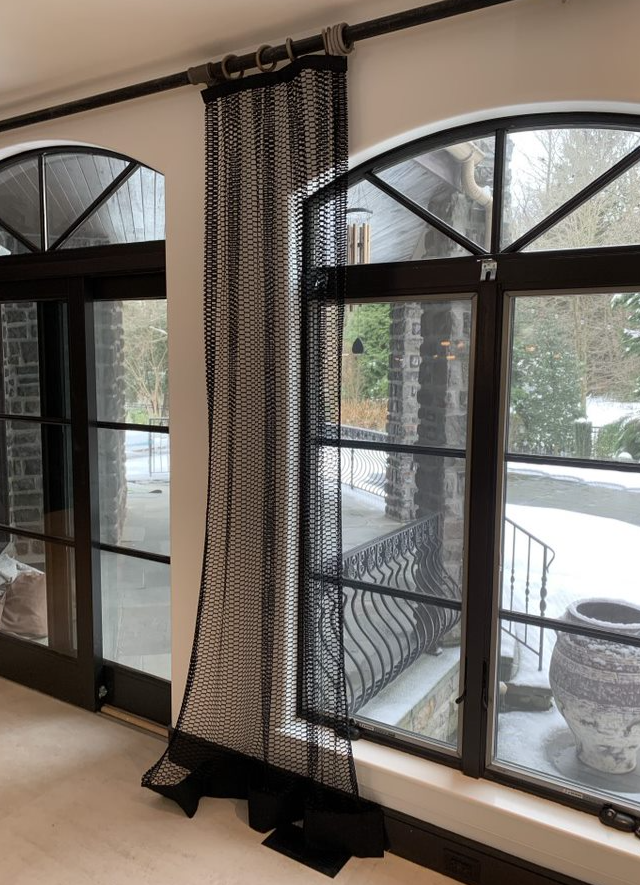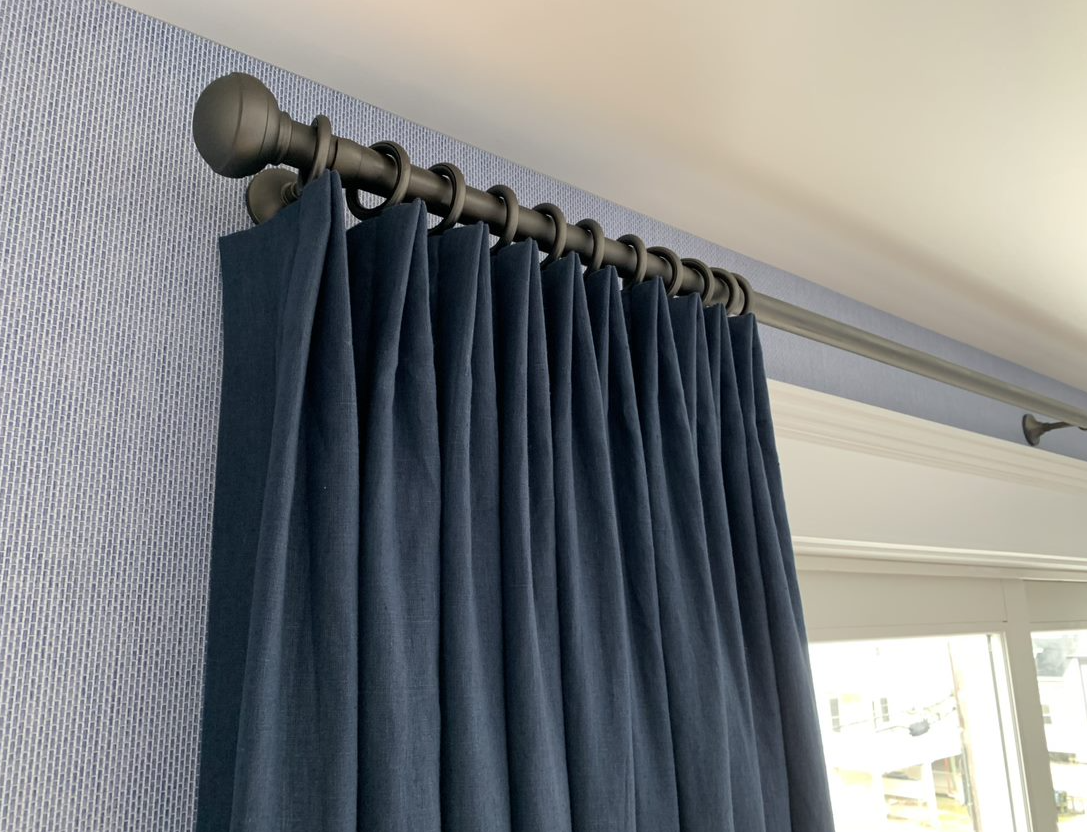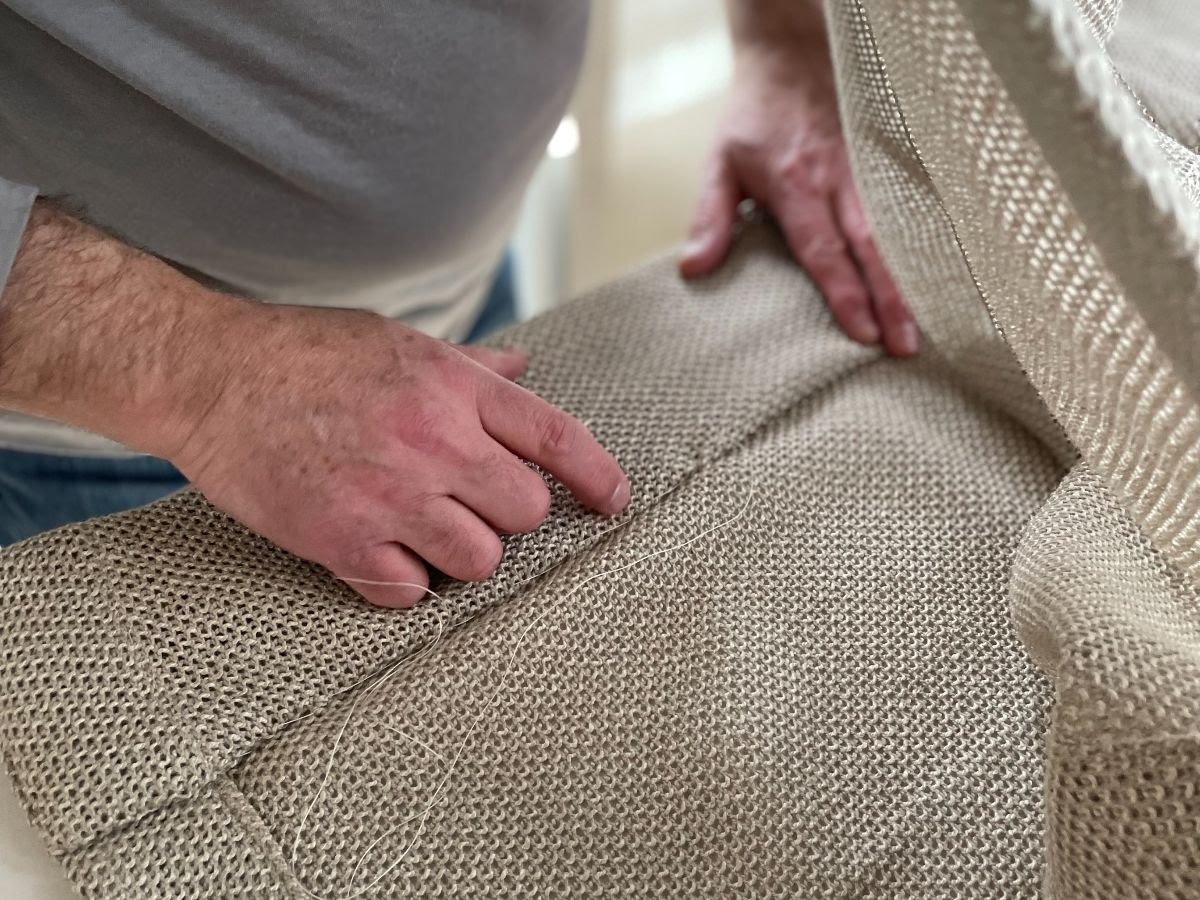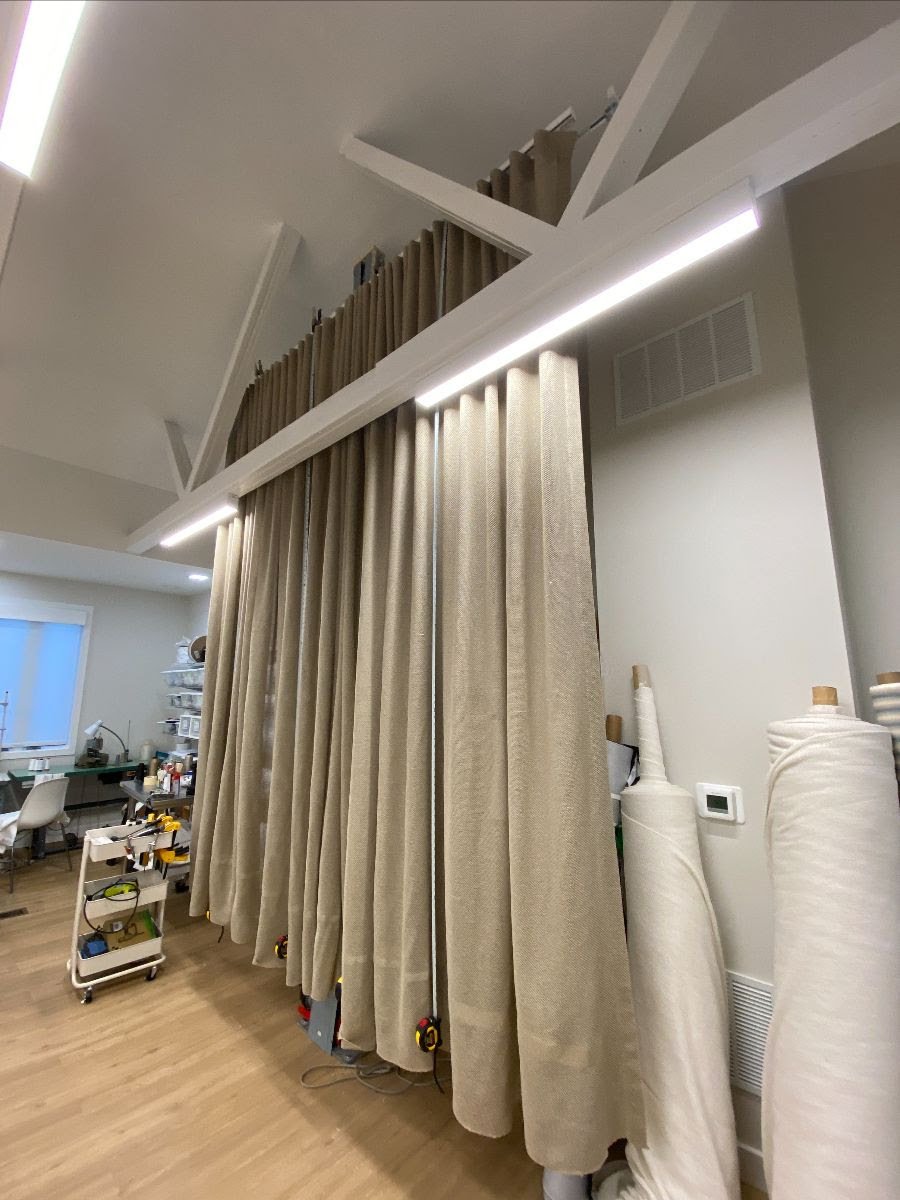I’ve previously shared insight and tips with you on working with “challenging” fabrics. How they “might” stretch, and that you should be aware of how it “could” impact the window treatments in your design projects.
Well my friend, today I have a different message.
They are not “challenging” fabrics. They are unstable.
It’s not a matter of “if” they will stretch, it’s when.
And it’s not just a possibility that it will cause issues with your window treatments. It’s “yes, your client’s drapes will be dragging on the floor over the next few months, if you choose to use this fabric.”
But of course, your clients will continue to request these fabrics, because there is no doubt they can be stunning (until they’re dragging on the floor!). So today I’m going to share some insight and tips on what unstable fabrics are, what to do when your client is insisting on an unstable fabric, and what you can offer instead.
What is an unstable fabric?
So pretty, but so challenging! Collaboration with the talented Michele Plachter
When speaking of window treatments, there are many unstable fabrics that design professionals cannot rely on in terms of longevity.
Traditionally these unstable fabrics include linen, wool, viscose blend, and open weave fabrics. These fabrics are unstable because they are prone to shrinking and stretching over time.
Workrooms and designers work within exact measurements when designing window treatments, which makes working with unstable fabrics an issue. What starts as drapery skimming the floor eventually turns into a fabric pool, going against ideal design guidelines.
What should I do if my client requests an unstable fabric?
Collaboration with the talented Rose Zefferino of Z Domus Designs
Telling your client “no” on a request can be extremely difficult.
However, when a client favors an unstable fabric for a window treatment, it’s always best to be honest, and set expectations from the start. Window treatment experts that have tried to utilize unstable material know the constant issues that arise, including the need for alterations due to stretching.
In the long run, it’s better to feel confident about your experience as a designer and encourage the client to stay with a stable fabric to ensure the superior accuracy of the window treatment length. Setting the expectations of the fabric choices will allow clients to enjoy their investment in luxury window treatments for years.
What are alternatives to unstable fabrics?
Blue-tiful collaboration with the talented Barbara Straub Interiors
There are plenty of beautiful alternatives to unstable fabrics!
Window treatment professionals and interior designers have used silk, cotton, and rayon fabrics for years.
These fabrics are not susceptible to stretching like open weave materials. However, if a client is adamant about wanting to achieve a specific look that unstable materials offer, using a fabric such as an entire polyester fabric or poly blend is a better alternative.
Avoiding a viscose blend is essential, as it will stretch no matter its percentage in the mix.
The Bottom Line:
Communication is Key
In the workroom with Boris
Fully understanding your client, having confidence in yourself as a designer, and partnering with workroom experts are critical communication requirements to ensure a favorable design and installation process.
Experts in the field offer education and experience when choosing the right product for the project.
Utilizing these resources makes setting expectations, voicing concerns, and recommending alternative fabrics to your clients effortless.
We have a hoist in our workroom for pre-stretching fabrics. See the tape measures?
We’re tracking how much they grow over time!
Tough conversations are always better had on the forefront ‑ before they become challenging situations.
Through my negative experiences with unstable fabrics, I now have the confidence to steer clear of these materials, and offer expert guidance and recommendations to my designers on their projects.
Overall, in my career, I lead with honesty, and I’m going to tell you the truth rather than go along with an unstable fabric just to get an order. Because I don’t just want the order – I want the order, and I want the project to be successful.
Let’s talk if you are in the Philly & NJ area and need an experienced, supportive workroom partner!
Learn more on Window Treatment Friday on A Well-Designed Business podcast!
Window treatment professionals can’t guarantee the results when working with these fabrics, so neither should you as the designer. Learn more about unstable fabrics, why you shouldn’t use them, and how to steer your clients away from them.





